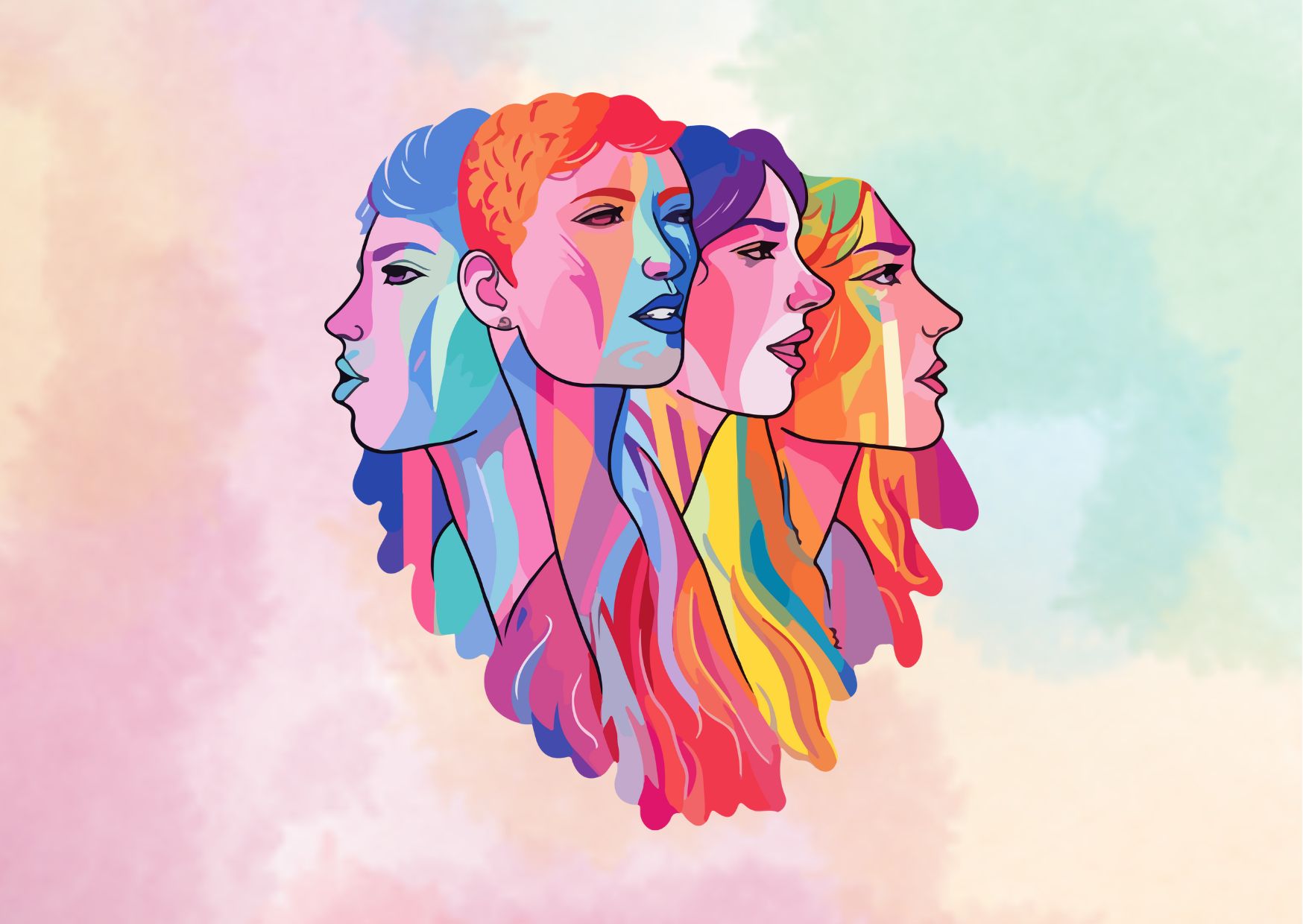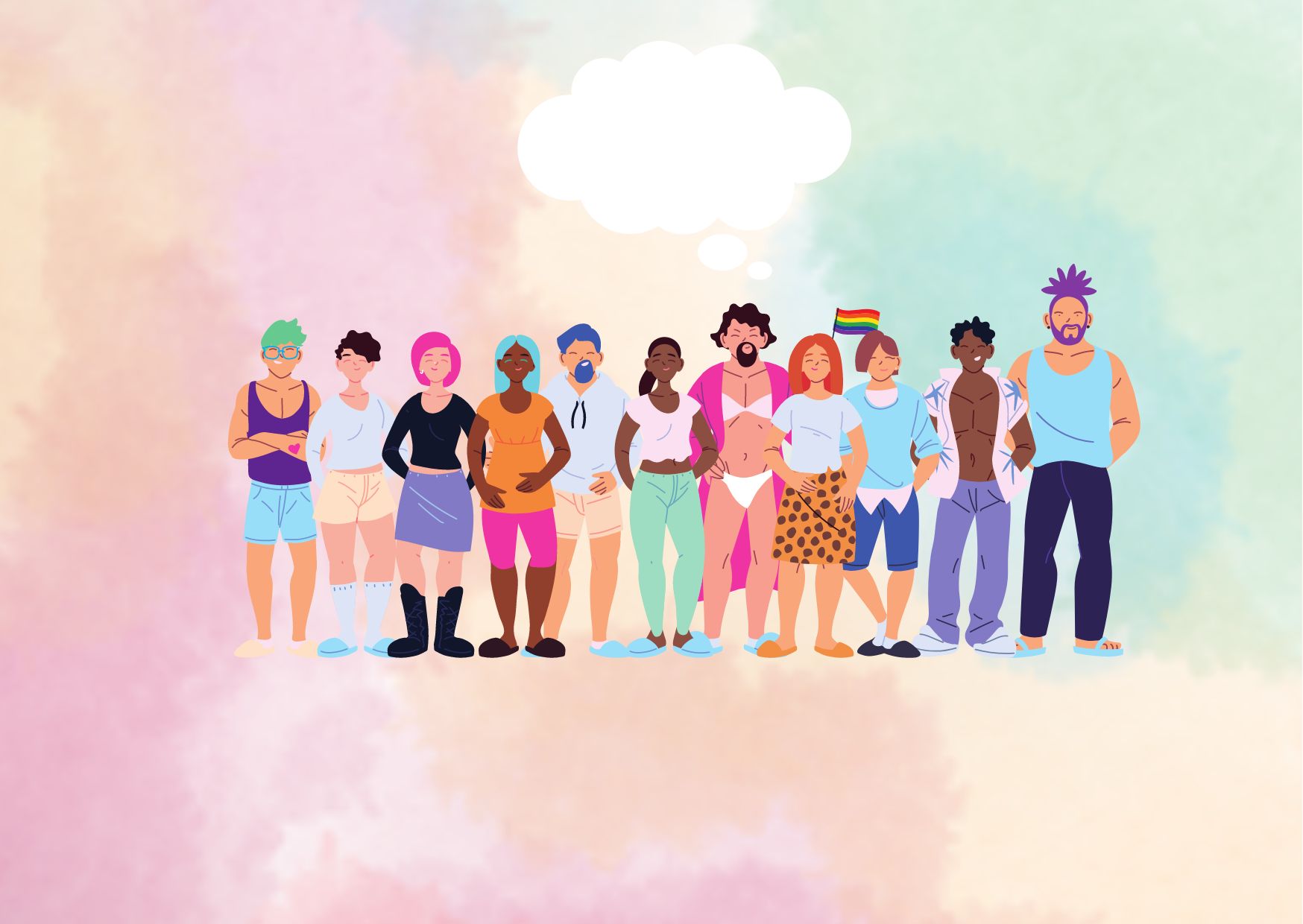Professional Services Offered
- Counseling and Psychological Services: Tailored to individual needs, focusing on gender identity exploration, social transition, and preparation for gender reassignment surgery.
- Voice and Speech Therapy: Part of a comprehensive mental health service offering that supports individuals in aligning their vocal expression with their gender identity.
- Family Therapy: Helps in exploring gender identity possibilities, developing social connections, and educating family members on transgender issues.
Therapeutic Approaches
- Client-Centered Stance: Therapists adopt a personalized approach, acknowledging that clients have unique perspectives on gender issues.
- Exploration and Community: Assistance in exploring gender identity and finding supportive communities.
- Support for Transition: Guidance for those considering social, legal, and medical transition options, and managing related challenges.
Gender-Affirming Care Model (GACM)
- Developmentally Appropriate Care: The AAP-endorsed model emphasizes understanding the youth’s experience and offering a nonjudgmental partnership.
- Integrated Resources: Combining medical, mental health, and social services for comprehensive support.
- Ongoing Clinical Assessment: A collaborative, multidisciplinary approach ensures that the care is tailored to the individual’s evolving needs.
The engagement with professional guidance is an act of self-compassion and empowerment. Therapists create a safe, affirming environment for individuals to explore and express their gender identity, providing tools and strategies for emotional well-being, self-care, and resilience. Moreover, they play a crucial role in navigating personal relationships and fostering healthy connections. Whether it’s through individual therapy, family support, or accessing comprehensive mental-health services, professional guidance serves as a cornerstone in the journey towards embracing one’s true self.
Understanding Transition Options
Transitioning is a deeply personal journey, with options ranging from social changes to medical interventions. It’s crucial to understand that one’s identity is valid with or without transitioning. Here’s a closer look at the options available for those considering transition:
Social Transition Options:
- Presenting in Public: Adopting a presentation that aligns with one’s identified gender through clothing, hairstyle, and mannerisms.
- Changing Legal Documents: Updating names, gender markers, and pronouns on official documents to reflect one’s true identity.
- Community Engagement: Coming out to family, friends, and the community, seeking support and understanding.
Medical Transition Options:
Hormone Therapy
- Masculinization: Testosterone therapy, including injections, gels, and long-acting pellets (Testopel), aims to develop physical characteristics aligned with male gender identity.
- Feminization: Estrogen therapy, administered through pills, patches, or injections, encourages the development of physical traits associated with female gender identity.
Gender-Affirming Surgery
- Chest and Breast: Masculinizing chest reconstruction and breast augmentation cater to aligning one’s physical appearance with their gender identity.
- Facial Modifications: Facial Feminization Surgery (FFS) adjusts facial features to be more traditionally feminine.
- Genital Surgery: Vaginoplasty and phalloplasty are options for aligning genitalia with one’s gender identity.
Other Considerations:
- Reversible Options: Nonmedical options and reversible hormone therapies allow for exploration without permanent changes.
- Voice and Hair: Voice care through speech therapy and laser hair removal are additional ways to align one’s appearance and presentation with their gender identity.
- Fertility: Discussions about fertility and future family plans are essential before undergoing certain medical procedures.
Understanding the wide range of transition options empowers individuals to make informed decisions that best suit their journey toward affirming their gender identity. Each path is unique, and what matters most is finding the approach that brings comfort, authenticity, and joy.
Embracing Your True Self
Exploring and affirming your gender identity is a crucial aspect of maintaining mental health. With gender identity and expression existing on a wide spectrum, the rise in individuals identifying as transgender or nonbinary highlights the evolving understanding of gender. Embracing your true self is not just about acknowledging your gender identity; it’s a comprehensive journey towards self-discovery and acceptance. This process includes:
- Understanding Your Gender Identity: Recognizing where you fall on the gender spectrum and accepting this as a fundamental aspect of who you are.
- Expressing Yourself Authentically: Finding ways to express your gender identity that feel true to you, whether through clothing, pronouns, or social interactions.
- Seeking Support: Connecting with others who affirm and support your gender identity can provide a sense of belonging and validation.
Being patient with yourself is an integral part of this journey. Gender identity exploration is a personal process that unfolds over time, and it’s essential to:
- Allow Exploration: Give yourself permission to experiment with different identities and expressions. This could mean trying new pronouns, clothing styles, or forms of self-expression to see what feels right.
- Be Patient: Understand that finding your true self is a journey, not a destination. It’s okay to take your time and not have all the answers immediately.
- Seek Supportive Spaces: Engage with communities and resources that offer support and understanding. Whether through online forums, support groups, or counseling, finding a community that resonates with you can make all the difference.
Embracing your gender identity is a vital step towards living authentically and fostering self-acceptance. It involves a deep understanding of oneself, the courage to express one’s true identity, and the support of a community that affirms and celebrates this identity. Through patience, exploration, and support, individuals can navigate the complexities of gender identity and expression, leading to a more fulfilling and authentic life.
Conclusion
Through this comprehensive guide, we have navigated the intricate journey of understanding and embracing gender identity, offering insights from recognizing signs of being transgender to exploring gender expression and seeking professional guidance. At its core, the journey towards affirming one’s gender identity is deeply personal, underscored by the importance of self-reflection, acceptance, and the pursuit of authenticity. Emphasizing that every individual’s path is unique, we’ve delved into the significance of supportive communities, the role of professional guidance, and the myriad of options available for those considering transition, all aimed at facilitating a more fulfilling and authentic life.
Embracing one’s true self is an act of courage and self-love, marking a critical step towards self-discovery and acceptance. It is a reminder that, while the journey may be filled with doubts and fears, there exists a multitude of resources and support systems designed to guide individuals through this transformative process. By fostering an environment of understanding and acceptance, and advocating for the rights and dignity of all people regardless of their gender identity, we move closer to a world where everyone can freely express their true selves without fear or prejudice.
FAQs
What are the commonly recognized gender categories?
There are typically four recognized gender categories:
- Masculine gender: Refers to the male subgroup.
- Feminine gender: Refers to the female subgroup.
- Neuter gender: Used for nonliving entities and inanimate objects.
- Common gender: Applies to individuals who may be male or female.
Can you recommend a book that provides insight into the transgender experience?
A highly recommended book for understanding the transgender experience is “She’s Not There: A Life in Two Genders” by Jennifer Finney Boylan. This bestseller offers an engaging and insightful story of a person transitioning between genders.
What are the phases a transgender individual might go through in their journey of identity development?
According to Bockting & Coleman’s model from 2007, the transgender identity development process consists of five stages:
- Pre-coming out: Individuals may have feelings and behaviors associated with a different gender than the one assigned at birth.
- Coming out: Individuals acknowledge these feelings to themselves and may begin to share their gender identity with others.
- Exploration: Individuals explore their gender identity more deeply, which may include changes in expression or the pursuit of medical interventions.
- Intimacy: This stage involves developing intimate relationships while openly embracing one’s gender identity.
- Identity integration: The final stage is where individuals fully integrate their gender identity into all aspects of their life.
What are some of the gender pronouns individuals might use?
People may choose gender pronouns that align with their personal identity, which can be different from their gender expression. Some of the most commonly used gender pronouns include:
- “She,” “her,” and “hers”
- “He,” “him,” and “his” Respecting an individual’s preferred pronouns is important for acknowledging their gender identity.
Inquire Talk is committed to supporting individuals and couples in navigating the complexities of relationships and promoting mental health and well-being. Our online counseling services provide a convenient and accessible way to seek professional support. Prioritize your mental well-being and take the first step towards a happier and more fulfilling life.
Here are few certified therapists who you can get in touch and book a therapy session with:
Simi Valecha Johnson
Sharan Thiara
Lynda Pabari

